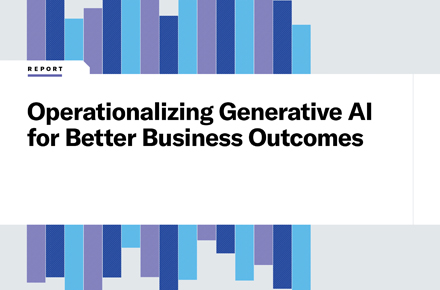Navigating cloud security in a dynamic digital landscape
May 22, 2024 / Unisys Corporation
Short on time? Read the key takeaways
- Cloud providers offer infrastructure, but compliance and security are an organization’s responsibility.
- Remote work, multi-cloud setups and shadow IT pose intricate challenges.
- ISO, NIST and CSA frameworks provide essential blueprints for robust protection.
- Monitoring, detecting and responding are key to safeguarding assets in dynamic cloud environments.
Cloud computing has evolved beyond mere convenience, becoming a catalyst for business innovation and growth. Yet, with this power comes a pressing concern: How secure is your data in the cloud?
This article unpacks cloud security, its significance, challenges, and the frameworks designed to keep your digital assets safe in an ever-changing landscape.
Understanding cloud security
Cloud security, also referred to as cloud computing security, embodies a suite of policies, controls, procedures and technologies that collaboratively shield cloud-based systems, data and infrastructure from potential threats. Establishing rigorous security measures becomes crucial as companies increasingly turn to cloud solutions for remote work, data sharing, and scalability.
The importance of cloud security
Cloud computing unlocks unparalleled possibilities for businesses. It promises enhanced customer service through advanced data handling, seamless connectivity and efficient storage. Yet, this potential also exposes organizations to the risks of misconfiguration and cyber threats. This is where cloud security comes to the rescue.
By implementing comprehensive security measures, companies can bolster the protection of their digital assets, mitigate human error risks and fortify themselves against avoidable breaches that could otherwise lead to significant losses.
Shared responsibility model
Shared responsibility takes center stage in cloud security. Cloud hosting providers supply the essential infrastructure, but the critical aspects of compliance and security rest squarely on the customer's shoulders. Relying solely on vendor security can lead to vulnerabilities. Organizations must balance leveraging vendor capabilities for availability and shouldering their responsibilities for maintaining robust security.
Navigating cloud security challenges
As cloud technology evolves, so do the challenges associated with securing it. The expansion of cloud services, including public, private and hybrid models, alongside the proliferation of applications, DevOps tools and third-party platforms, adds complexity. Remote work further exacerbates the situation, demanding scalable security solutions.
Among the key challenges faced by IT security professionals are:
- Scaling security to meet the needs of a growing remote workforce
- Consolidating and centrally managing security
- Eliminating cloud security blind spots
- Protecting hybrid cloud
- Coordinating multi-cloud security
- Containing shadow IT and rogue device risks
- Extending security to future DevOps, containers and tools
- Slow response to attacks
To address these challenges, organizations need reliable frameworks for cloud security. Several established models come to the forefront:
- International Organization for Standardization (ISO): ISO standards, such as 27017 and 27018, offer meticulous checklists for establishing secure systems, particularly in the cloud domain.
- National Institute of Standards and Technology (NIST): NIST provides comprehensive frameworks, checklists and articles to guide the creation of secure systems.
- Cloud Security Alliance (CSA): CSA offers operational standards, including questionnaires and self-assessment forms, to evaluate both third-party vendors and internal systems from a technical standpoint.
Securing your cloud ecosystem
Cloud security failures often arise from poor practices, outdated protocols, or misconfigurations. Implementing a cybersecurity solution that can monitor, detect, and respond to threats is essential for overcoming these challenges without hindering business operations.
As businesses leverage cloud computing for unprecedented growth, reinforcing their security posture becomes equally important. You can effectively protect your most valuable assets by understanding cloud security's nuances, proactively tackling challenges, and adopting established frameworks.
Contact us today and explore how to implement Zero Trust protection across your enterprise with Unisys’ comprehensive suite of cybersecurity services and solutions.




















